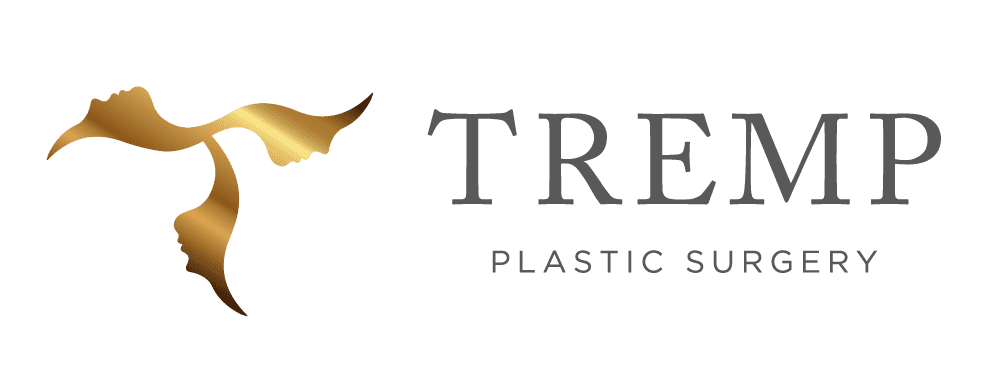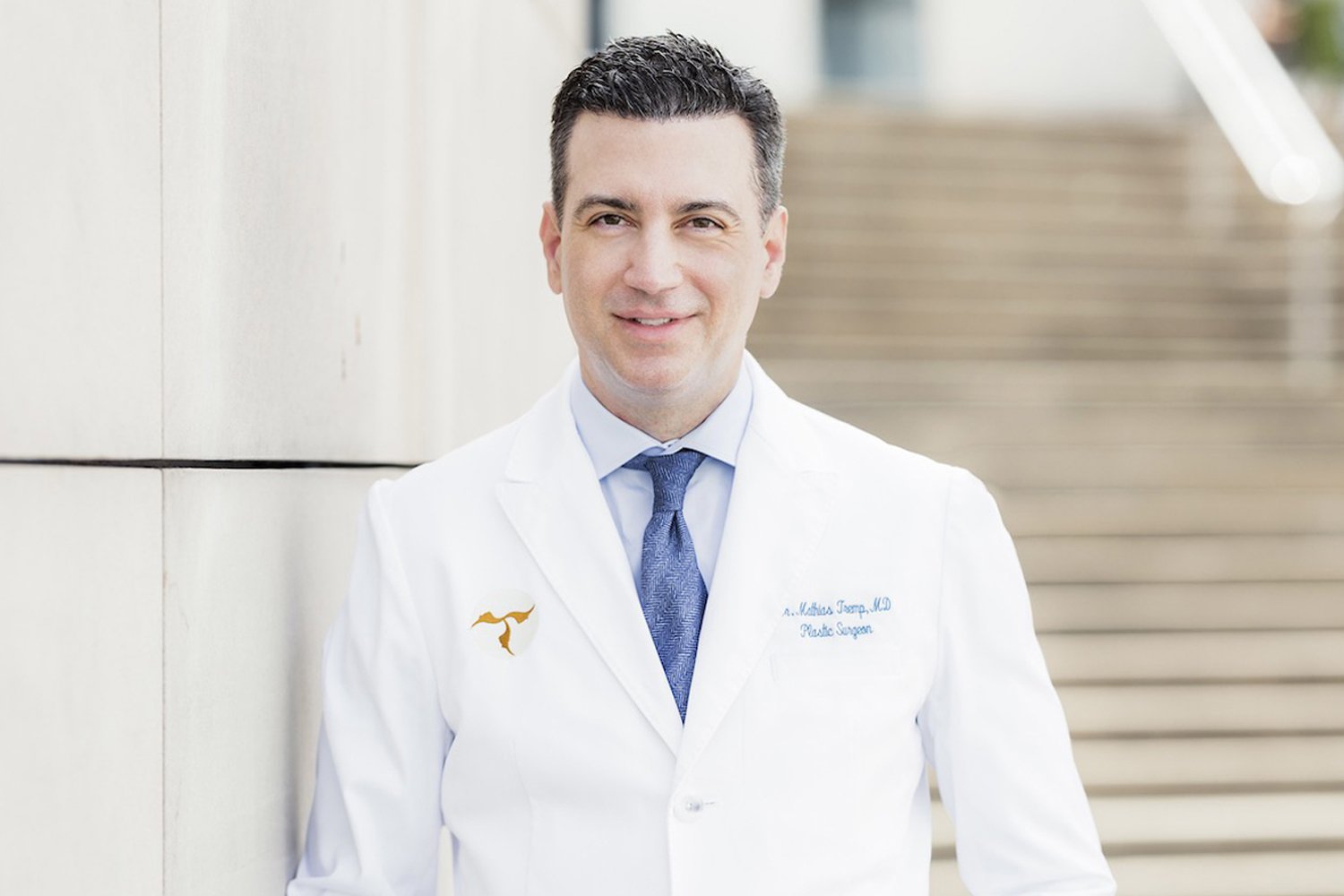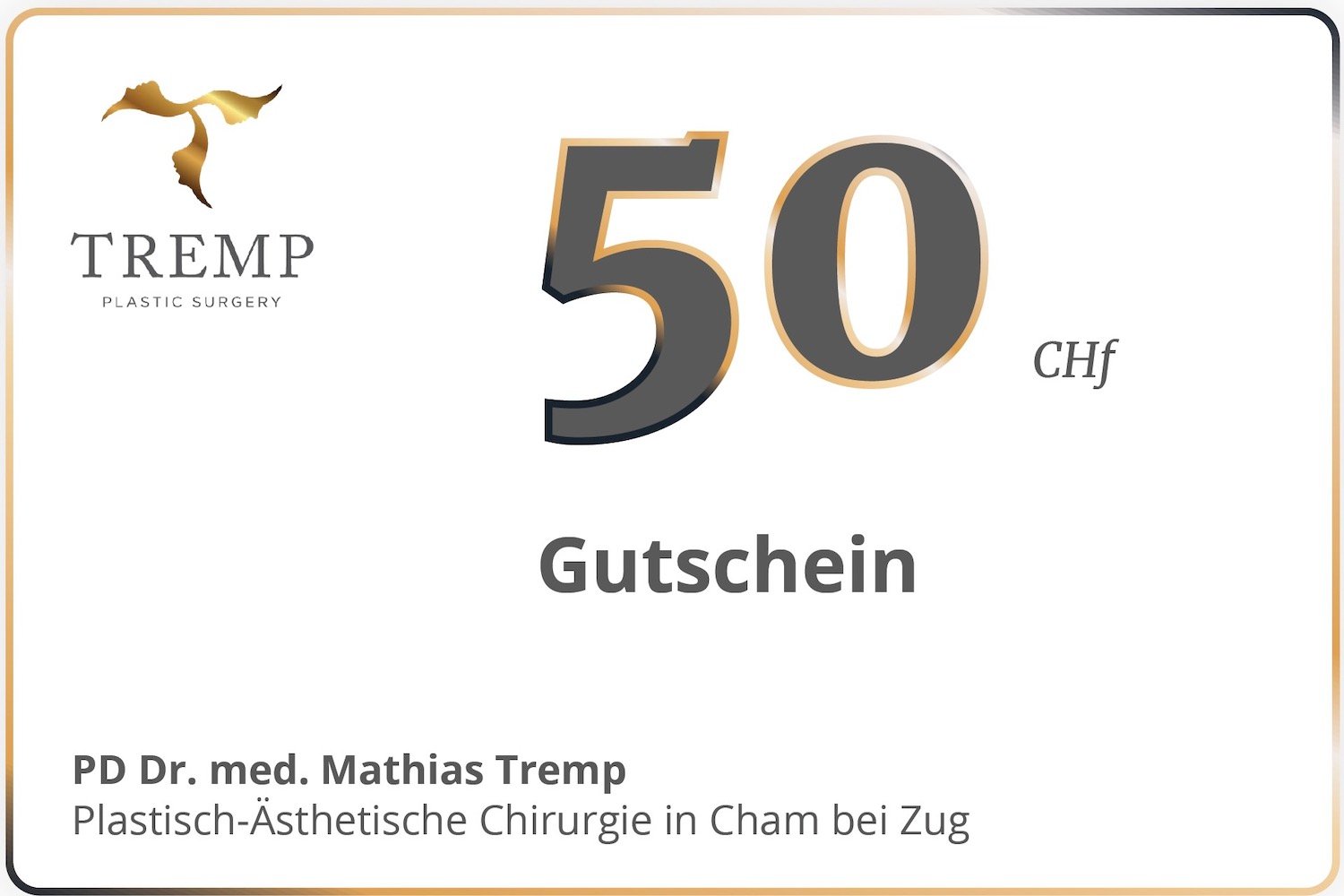- About
- Face & Skin
- Cellulite treatment
- Excessive sweating in women and men
- Facial and skin treatments
- Facial Surgery
- Hydrafacial treatment
- IV drips (vitamin infusions)
- Laser treatment
- Lip Lift
- Mesotherapy (skin structure )
- Special Offers by TREMP PLASTIC SURGERY
- Treatments with Skin Ceuticals
- Wrinkle and facial treatments with botulinum
- Wrinkle and facial treatments with filler
- Face
- Breast
- Body
- Offers
- Blog
- Contact
- EN
- DE

Cosmetic and functional adjustments of the nose
The nose is not only an important sensory organ, but also a striking and central eye-catcher when communicating with other people. The nose is an expressive feature that shapes the character of the face and contributes significantly to the overall appearance.
Cosmetic reasons for a nose operation are usually a nose that is too big or too small. Other needs include narrowing, correcting a saddle or crooked nose or narrowing the nostrils. Functional (medical) reasons are basically breathing difficulties. When correcting the nose, it is particularly important to achieve a natural-looking result. The profile must be harmonious and the nose must fit the face.
Cosmetic and functional adjustments of the nose
The nose is not only an important sensory organ, but also a striking and central eye-catcher when communicating with other people. The nose is an expressive feature that shapes the character of the face and contributes significantly to the overall appearance.
Cosmetic reasons for a nose operation are usually a nose that is too big or too small. Other needs include narrowing, correcting a saddle or crooked nose or narrowing the nostrils. Functional (medical) reasons are basically breathing difficulties. When correcting the nose, it is particularly important to achieve a natural-looking result. The profile must be harmonious and the nose must fit the face.
Our comprehensive treatment concept combines innovative technologies with proven methods to effectively rejuvenate and care for your skin.
Make someone special happy and give them a gift certificate for a consultation with PD Dr. Tremp.
 After
After  Before
Before Drag
Do you have any questions about rhinoplasty?
The first step towards a nose job is a detailed consultation and information session to discuss wishes, goals, expectations and the procedure in detail. Once the decision to have a nose job has been made, a comprehensive examination is carried out to optimally prepare for the procedure.
Nose surgery (rhinoplasty, septorhinoplasty, nose reconstruction) is one of the most difficult in the field of plastic surgery and must be performed by an experienced surgeon.
During a consultation, PD Dr. Mathias Tremp will provide you with complete information about the procedure, possible complications and the feasibility of the desired nose correction.
Non-surgical nose correction with hyaluronic acid or autologous fat
In non-surgical nose correction, the nose is corrected and modelled by injecting hyaluronic acid. A long-lasting hyaluronic acid is used here.
By building up volume in a targeted manner, a small hump on the nose can be effectively balanced out and the nose can be given a straight line. An alternative is nose correction using the patient's own fat, but this requires local anesthesia or general anaesthetic.
Rhinoplasty via closed approach
In closed-access nose correction, the correction is made through the nostrils. Closed nose correction has the advantage that no visible scars are left. Smaller corrections to the nose can usually be carried out well using this method.
Rhinoplasty via open approach
In open-access nose correction, an additional incision is made between the nostrils, over the bridge of the nose. The open technique offers the surgeon a larger operating field and leads to a beautiful result for extensive corrections of the nose. The small scar on the bridge of the nose is barely noticeable after a few weeks.
Functional rhinoplasty
Restricted breathing is the reason for functional nose corrections. Problems include, for example, a crooked position of the entire nose or a deviated nasal septum.
Common symptoms of a deviated nasal septum include impaired nasal breathing, dry mucous membranes, nosebleeds, snoring, impaired sense of smell, headaches and inflammation of the paranasal sinuses (sinusitis).
Minor functional corrections (septoplasty, surgery on the nasal turbinate) can usually be performed via a closed approach (incisions inside the nose).
In addition to improving respiratory function, the procedure can also be used to improve the shape of the nose.
Aesthetic nose correction
Aesthetic nose corrections (rhinoplasty) are performed when the patient wants a more shapely nose. The causes are often large, long or small noses or a deformed nasal tip.
Aesthetic rhinoplasty must always be carefully evaluated during consultations prior to surgery, taking into account risks and the feasibility of the desired result.
In addition to improving the shape, the respiratory function of the nose must always be taken into account.
Intervention, ability to work, risks and aftercare
Nose corrections are considered to be a relatively painless procedure and are therefore generally performed on an outpatient basis under general or anaesthetic.
The possible complications of a functional nose operation are comparable to those after an aesthetic nose operation. Typical swelling and "bruises" can occur in the first few days after the operation. Breathing may also be slightly impaired at first due to swelling inside the nose. Postoperative bleeding, infections and other serious complications are very rare.
After the procedure, a plastic or plaster splint is used in combination with a special taping technique to protect the nose for the first 1 to 2 weeks and help it maintain its new shape.
Returning to work usually takes 1 to 2 weeks. Sports and more vigorous physical activity can be resumed after 6 to 8 weeks.
Cost
The costs vary depending on the effort involved and are discussed and defined individually with the patient in advance. The costs include all measures such as preliminary discussion, surgery, anesthesia and follow-up checks, excluding overnight accommodation.
Contact us for a non-binding consultation.



